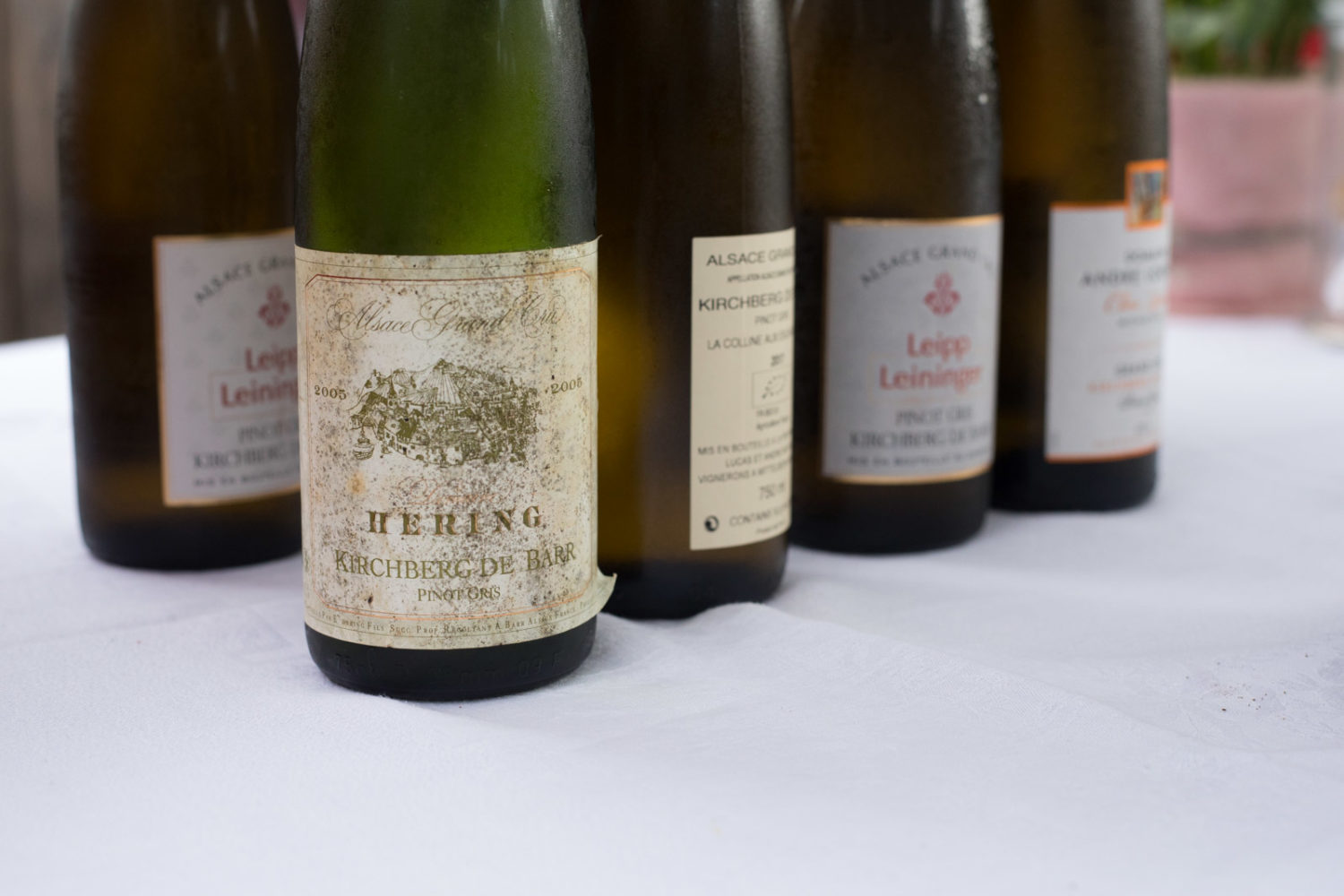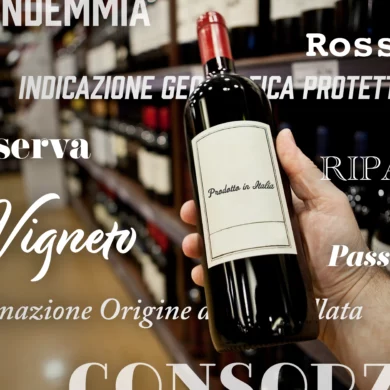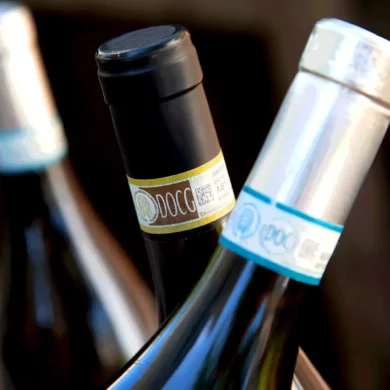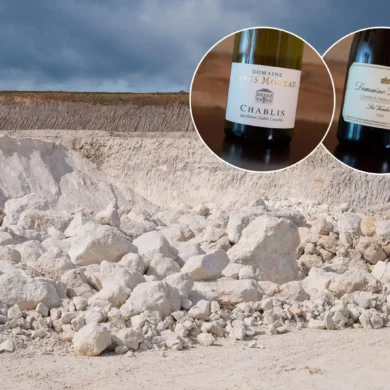Oh, I’ve been busy. As 2018 comes to a close, I’m hard at work rounding up the year’s Top 10 Wines (so many, its a tough call), and putting on the finishing touches to the new Essential Winemakers section. (Look for it next week!). There are a few stories to write from my recent trip to Veneto, but I’ve also been busy contributing to other wine publications. I thought now would be as good a time as any to share those articles, and let my regular readers know where else I write.
My primary focus is — and will continue to be — Opening a Bottle. But its been fun to learn about wine by engaging with new perspectives. Throughout the year, I have written for SevenFifty Daily, as well as wine-searcher.com and SommJournal. Here are abstracts to a few of them …
48 Hours in Verona with Brian Larky
8 must-visit restaurant and bar picks from the founder of Dalla Terra Winery Direct
Brian Larky has a unique perspective on Italian wine. While many U.S. winemakers were flocking to France in the 1980s, Larky was drawn to Italy because it was, he says, “the biggest sandbox for a winemaker to play in.” After a stint at Franciacorta’s Ca’ del Bosco, he left winemaking behind in 1990 and pursued importing, becoming the founder and chairman of Dalla Terra Winery Direct. Today the company’s portfolio includes 27 Italian wine brands, including Vietti, Alois Lageder, and Casanova di Neri.
Pinpointing the epicenter of modern wine culture in Italy is a matter of debate, but a strong case can be made for Verona, in Italy’s Veneto region—and not just because the city hosts the world’s largest wine fair, Vinitaly. Verona is halfway between Milan and Venice, a fact that long ago made it a crossroads for the wine trade. Furthermore, it’s surrounded by the vineyards of Valpolicella. Read more on SevenFifty Daily.
5 Descriptors Wine Professionals Avoid
How sommeliers adapt the language of wine to better serve their customers
Whether working the floor of a restaurant or helping a customer in a wine shop, sommeliers are often called on to describe wine. It’s a task that can be fraught with peril. Sarah Tracey, the wine director at Rouge Tomate and Villanelle in New York City, says she learned this the hard way. “I had a table of 20-something girls,” she says, “and they were asking about a wine that had been aged sur lie. I used the word yeasty to describe it, and they looked horrified.” Read more on SevenFifty Daily.
How Wine Professionals Make the Most of Winery Visits
From note taking to mapmaking, here’s how experts optimize their trips
Traveling to wineries is easily one of a wine professional’s best perks. But while outsiders might think these trips are nothing but boondoggles, in truth they’re important opportunities for accelerated learning. Not only are visiting wineries and exploring vineyards an essential means to understand wine but they’re vital to educating staff on how to sell the product.
Winery visits can quickly go off the rails, though. Talkative vignerons, poorly timed lunches, and extraneous tours of tank rooms (again?) can thwart your carefully planned itinerary.
So how do seasoned pros make the most of their winery visits? SevenFifty Daily asked three wine professionals for their tips. Read more on SevenFifty Daily.
See all articles by Kevin Day on SevenFifty Daily.
Barolo’s Dolcetto Dependency
The high-profile wine depends a surprising amount on the less-heralded Dolcetto and Barbera grapes, Kevin Day discovers.
In the fog-shrouded hills south of Alba, Italy, the economics of making Barolo wine are changing, and because they often share the same terrain, so are the dynamics of producing Barbera and Dolcetto.
Long regarded as one of Italy’s most prestigious wines, Barolo’s popularity has climbed to even greater heights in recent years. Much of this fever-pitch level of interest can be attributed to a series of stellar vintages. But on the ground, Barolo has also become a tourist destination. The 2014 designation of the Langhe, Roero and Monferrato Hills as a Unesco World Heritage Site has accelerated interest in the area’s culinary and pastoral heritage. Today, visitors to the villages of Barolo, La Morra and Monforte d’Alba are just as likely to be everyday tourists looking to take pictures of pretty villages as they are wine connoisseurs seeking the latest vintages. Read more on wine-searcher.com.
Alsace Wrestles with Sugar
When you think of the wines of Alsace, what comes to mind? Riesling, Pinot Gris and Gewurztraminer? The names of Grand Cru sites? Residual sugar?
Traditionally, the wines of Alsace have not been sweet. Those that were carried the moniker of vendage tardive (VT) or sélection de grains nobles (SGN). Yet in recent decades, residual sugar has crept into many of the region’s dry white wines. The stylistic shift has been a source of consternation for sommeliers, wine critics and (as I found out) Alsace’s winemakers, who are taking stock on the future of the region.
To get a better sense of where Alsace’s wines are headed, I recently traveled to Colmar to attended the biennial Millésimes Alsace. Read more on SommJournal.com.






